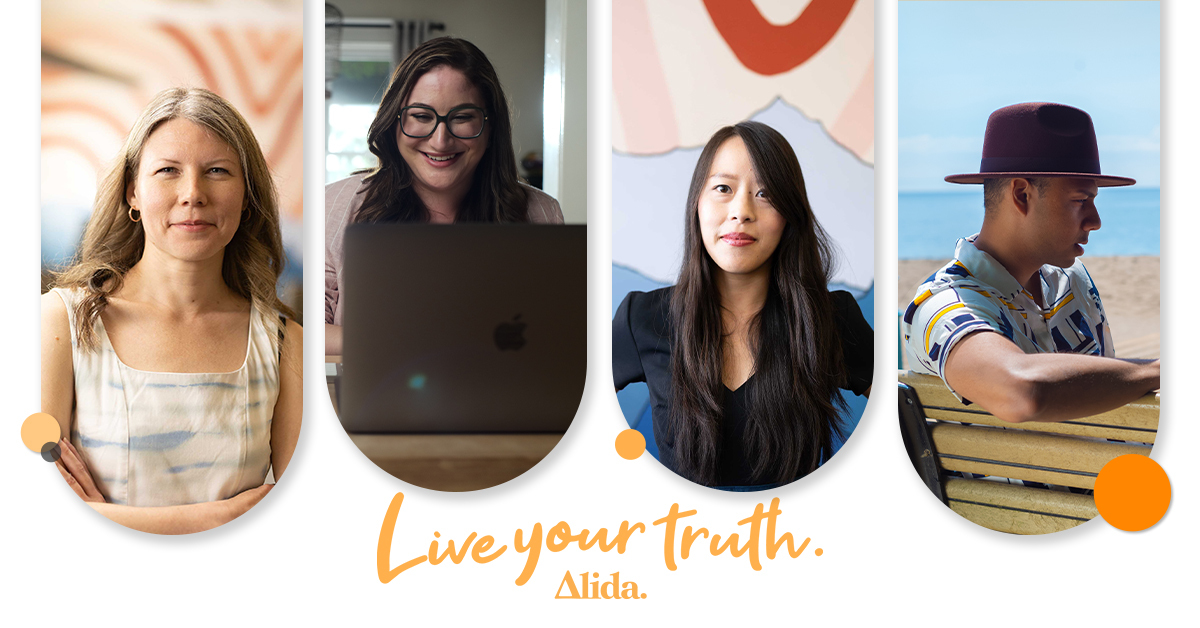When it comes to product design, there’s a preconceived notion that the best thing to do is design for one type of person — the most average consumer.
The problem is, there’s no such thing as the average consumer. If you’ve been living by that traditional way of thinking, you’re missing out in a major way.
Instead, you can benefit more from prioritizing inclusive design. With an inclusive approach to product innovation, you can make sure more people have access to what you’re creating and potentially even reach wider audiences than you could possibly imagine.
It’s time to stop designing for the most common use cases, and start thinking about how to cater to less-common consumer needs and experiences. Let’s talk more about why you should learn more about the wider group of people you’re creating for — and how to do it.
Here’s what inclusive design looks like in action
By thinking outside the box when it comes to who might use your product, you can end up reaching wider audiences than before.
Let’s start by thinking about the story of closed captioning. This came about to help TV viewers with hearing disabilities. Turns out, it’s great for places like busy airports and train stations where it’s noisy and people can’t hear the audio anyway. Closed captions also work well in places like hotel lobbies and gyms where businesses prefer to keep the volume turned off. Even apps like YouTube and Instagram now offer auto-generated captions so that people can watch video content in silent mode.
This simple innovation became an asset that helps news and entertainment programming reach a broader audience in a variety of contexts. By looking for ways to bring TV to people with hearing disabilities, teams actually made it possible for parents to watch YouTube videos while their little ones nap.
And that’s a recurring theme — when innovators find ways to bring products to wider audiences, they end up sending out positive ripples farther than they ever intended. Their solutions reach across the spectrum of human ability, offering benefits for people who need support due to permanent, temporary, or situational factors.
Business leaders have a collective responsibility to lower barriers to participation in society with the products, services, environments, and experiences they create.
Remember: Anytime you design, you’re excluding someone
No matter what approach you take, you’re always making a decision to include or exclude certain communities. If your fashion brand makes plus-sized women’s clothes, customers who shop in the petite section won’t buy your products. If your food label makes peanut trail mix, people who have allergies or are shopping for school lunch snacks will avoid them.
It’s impossible to make one product work for every single person — and that’s okay. But just remember, you’re never not making decisions about who will and won’t be able to use your product.
Strive for products that include more people than they exclude
As a daily exercise, your product teams should always be thinking about how you could make your products accessible to a wider range of people.
Think outside the default persona you’re used to designing for. Think about who is being excluded and consider how you can adapt your offering so they can take part in it. Find ways to expand your scope and bring in more people from other communities.
Keep in mind that when you do cater to those outlying use cases, this doesn’t make your product less useful or your brand less appealing to the masses. All you’re doing is increasing the breadth of people you can provide value to.
In the court of public opinion, things like online reviews and friends’ opinions heavily influence who consumers buy from, and why. By leading with inclusive design and enabling more people to enjoy your products, word will spread. If your brand provides value to people whose needs are consistently overlooked, and they mention that great experience to friends and family, you get exponential returns on those efforts.
It’s a powerful way to reach more customers than ever before and benefit a much wider audience than you may have thought you could. There are massive market opportunities to reach people who haven’t traditionally had their needs met; inclusivity is a business case, not charity.
An inclusive approach to design starts with an inclusive approach to customer listening
As a head of product or an innovator who’s responsible for creating new offerings, you need a way to bring in the voices of a more diverse group of consumers and uncover those critical but less-common use cases you’re not currently thinking about. Since product teams are being asked to do more in less time, you have to do this in a way that doesn’t slow down the pace of business.
Alida’s Voice of Consumer (VoC) solutions can help you collect those deeper and richer insights from a broader audience, at scale. Get in touch with our team to find out how.







